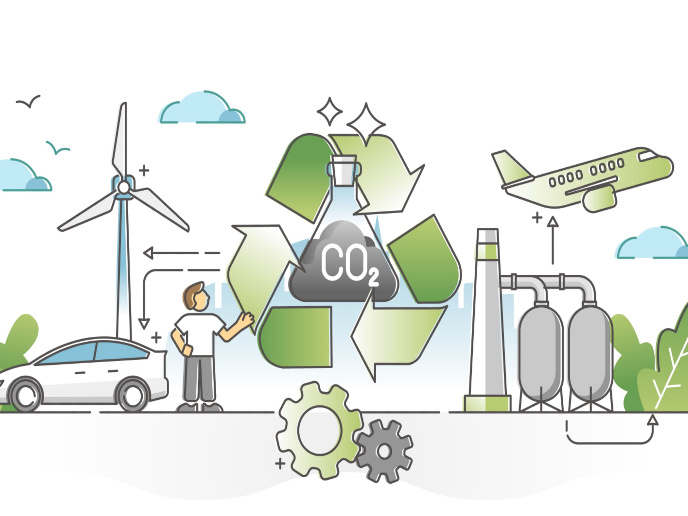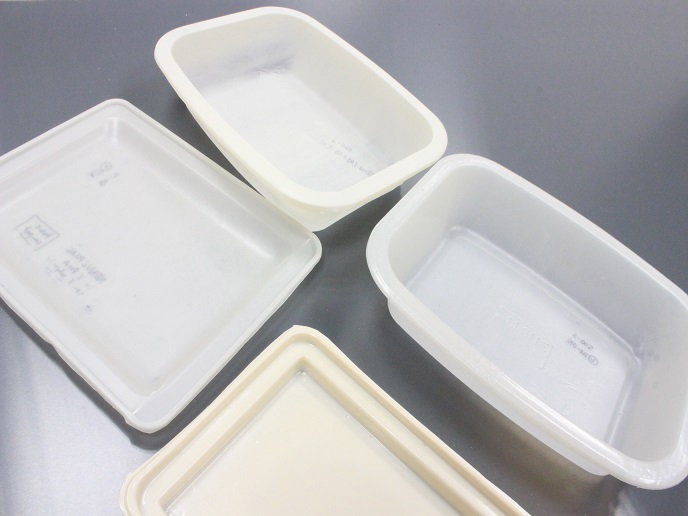Finding the best carrier for titanium dioxide
Remote regions where electricity is not available often suffer from a lack of clean drinking water. Solar-powered solutions offer hope, but several technical challenges remain. In the context of the SOLWATER project, an effort was made to improve performance by introducing a titanium dioxide (TiO2) photocatalyst in a variety of formats. The experiments were led by the Universidad Nacional de Ingeniería in Peru. Significant resources were dedicated to perfecting the TiO2 deposition process for glass Rashig rings and the growth of zinc oxide films, but the greatest potential was identified for ceramic beads and activated carbon. In order to ensure the stability of the photocatalyst, the coated ceramic beads were subjected to turbulent flows corresponding to Reynolds (Re) numbers from 100 to 400. Fortunately very little deterioration was detected and removal rates of 4-chlorophenol and other highly toxic compounds were undiminished in comparison with unwashed beads. Encouraging results were also obtained depositing TiO2 on activated carbon using the sol-gel technique. Analyses with a scanning electron microscope and other equipment indicated good surface characteristics. Tests with artificially contaminated water revealed adequate removal of 20 parts per million of phenol. A further benefit of the activated carbon option was the ability to tailor the pellet size and porosity to the application.







